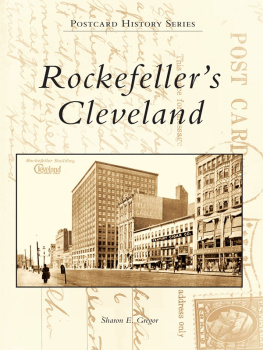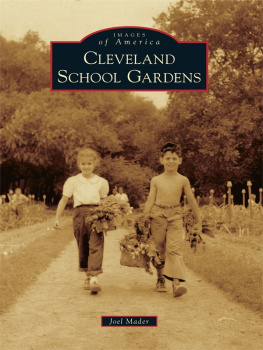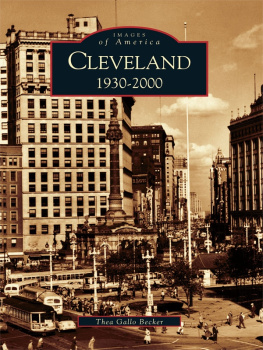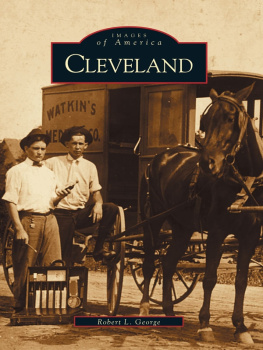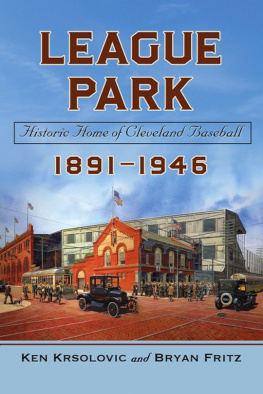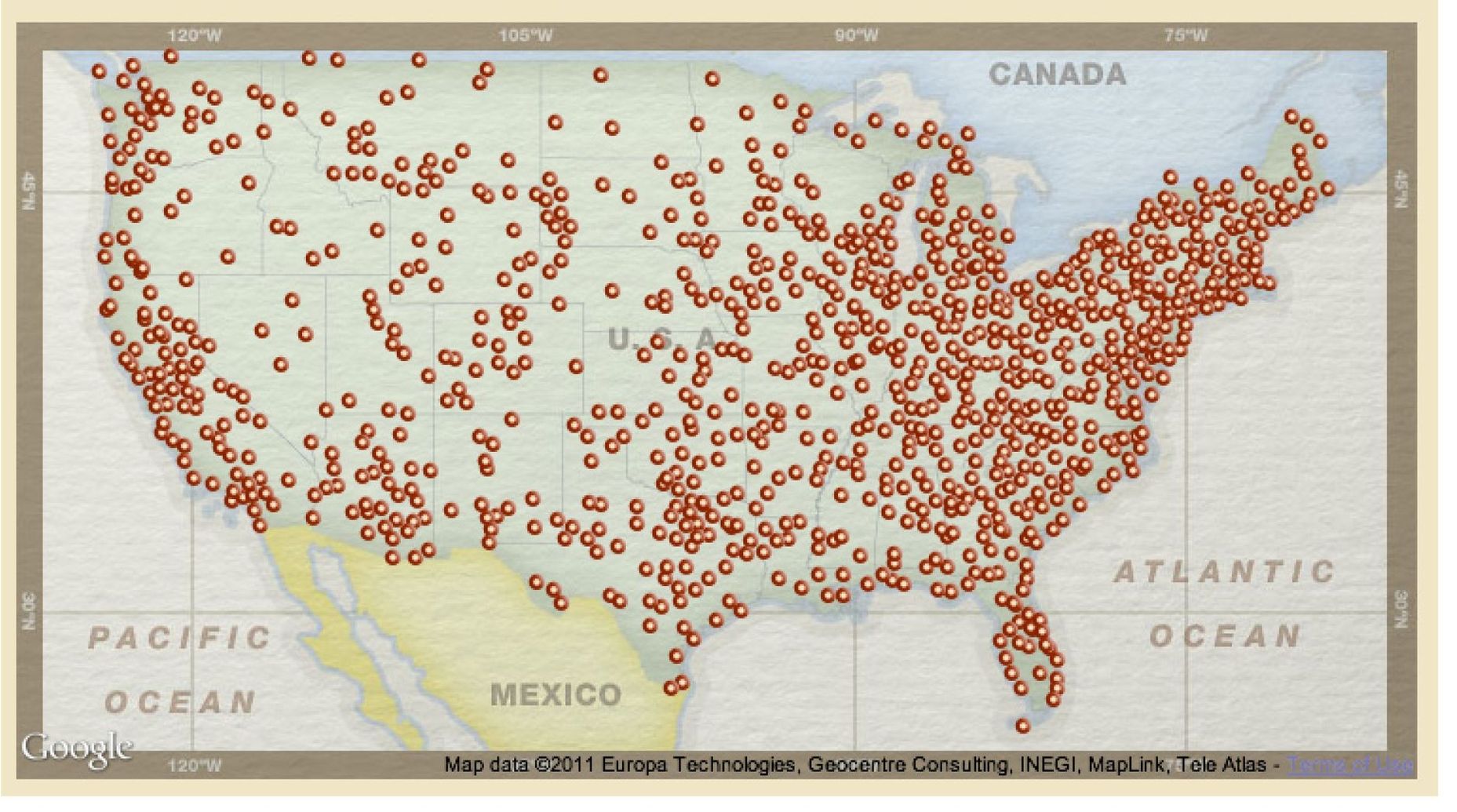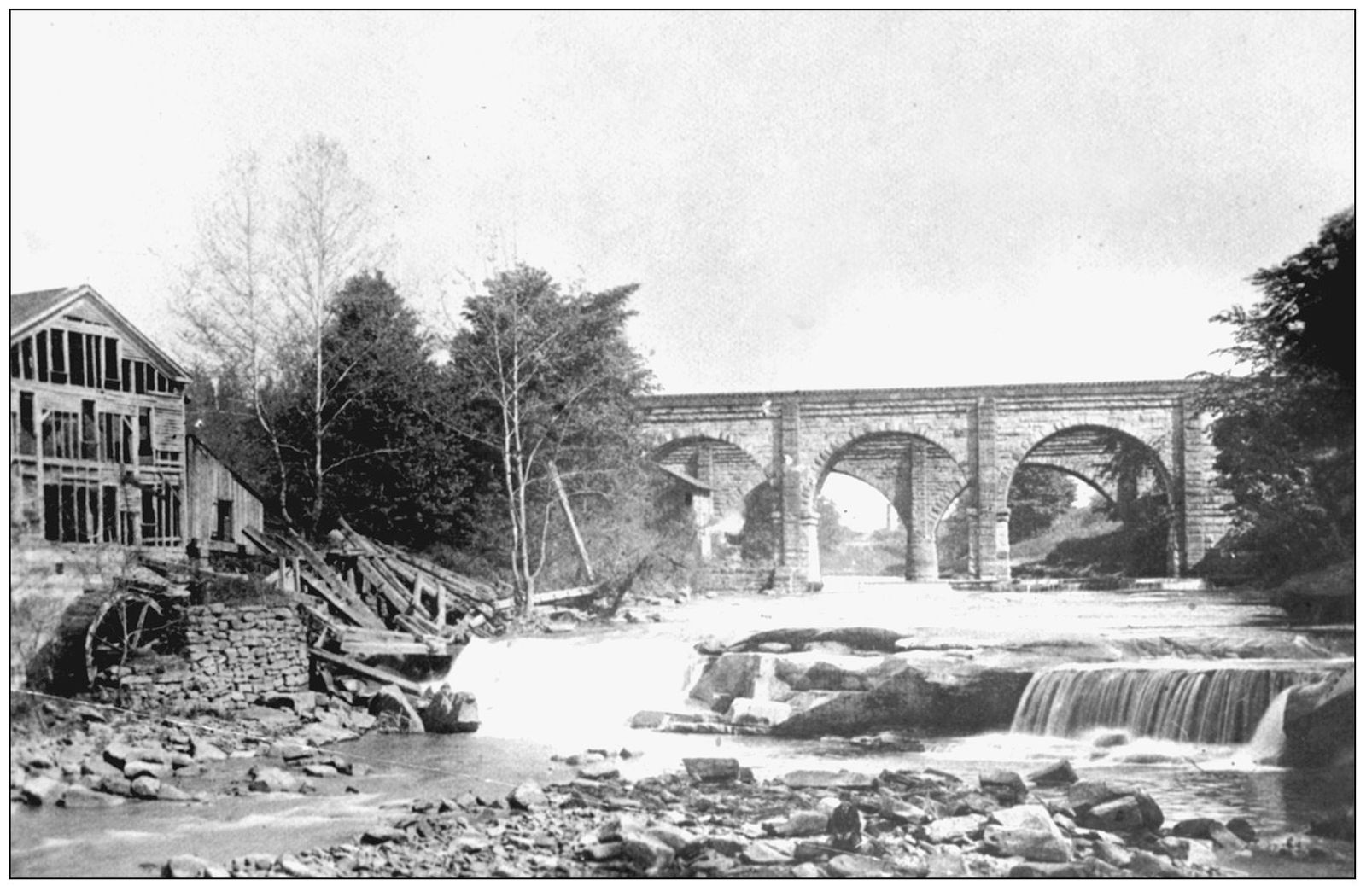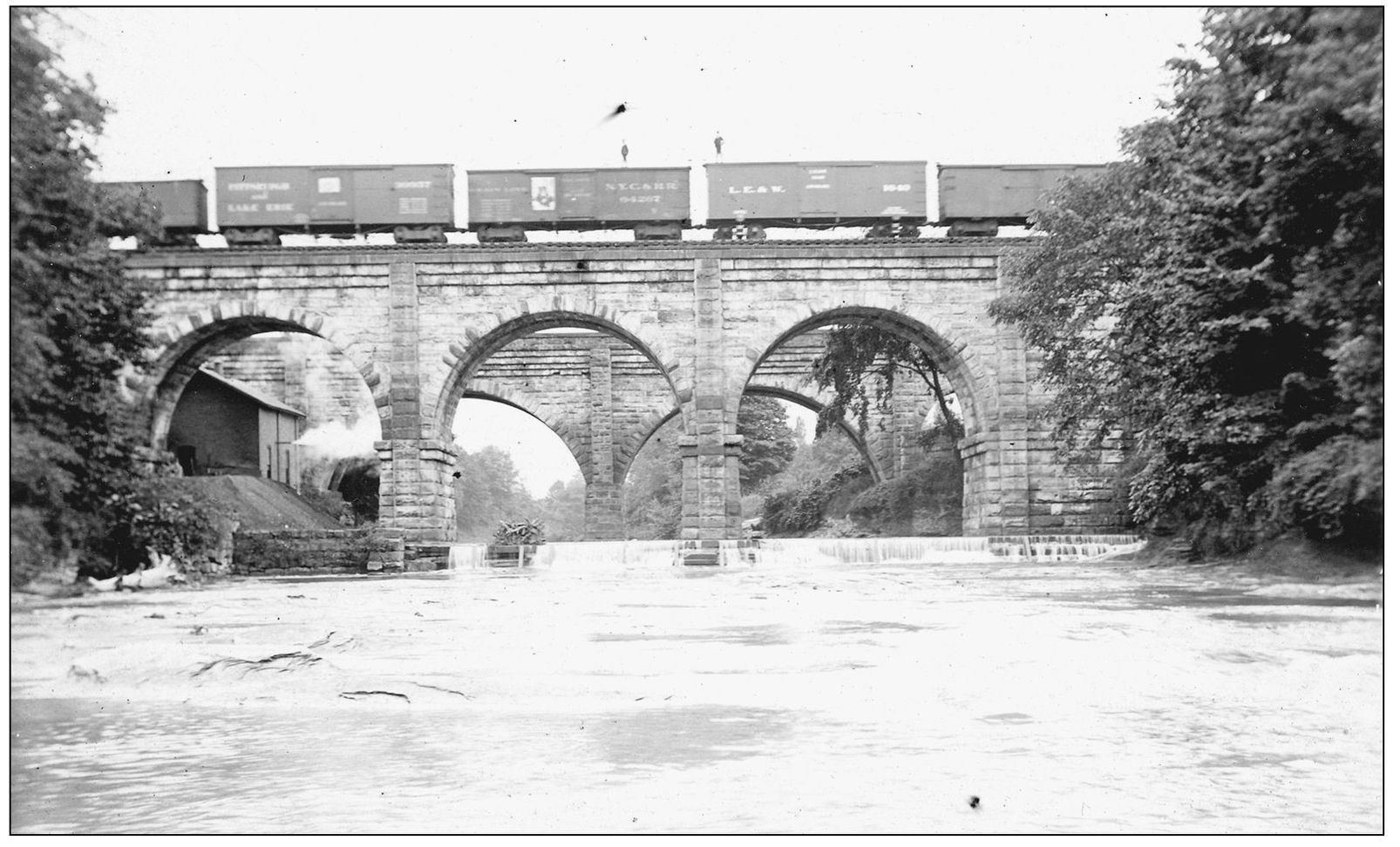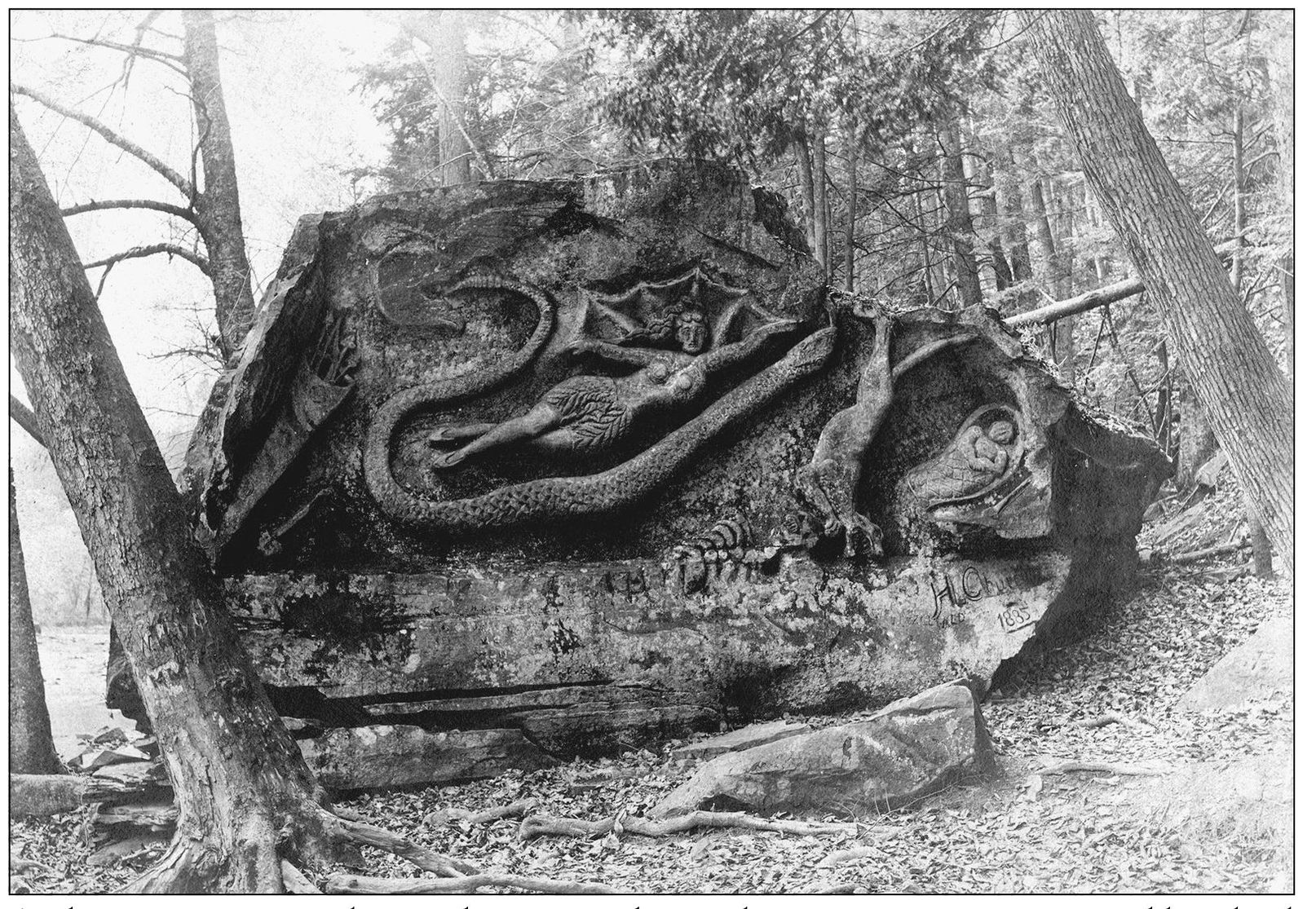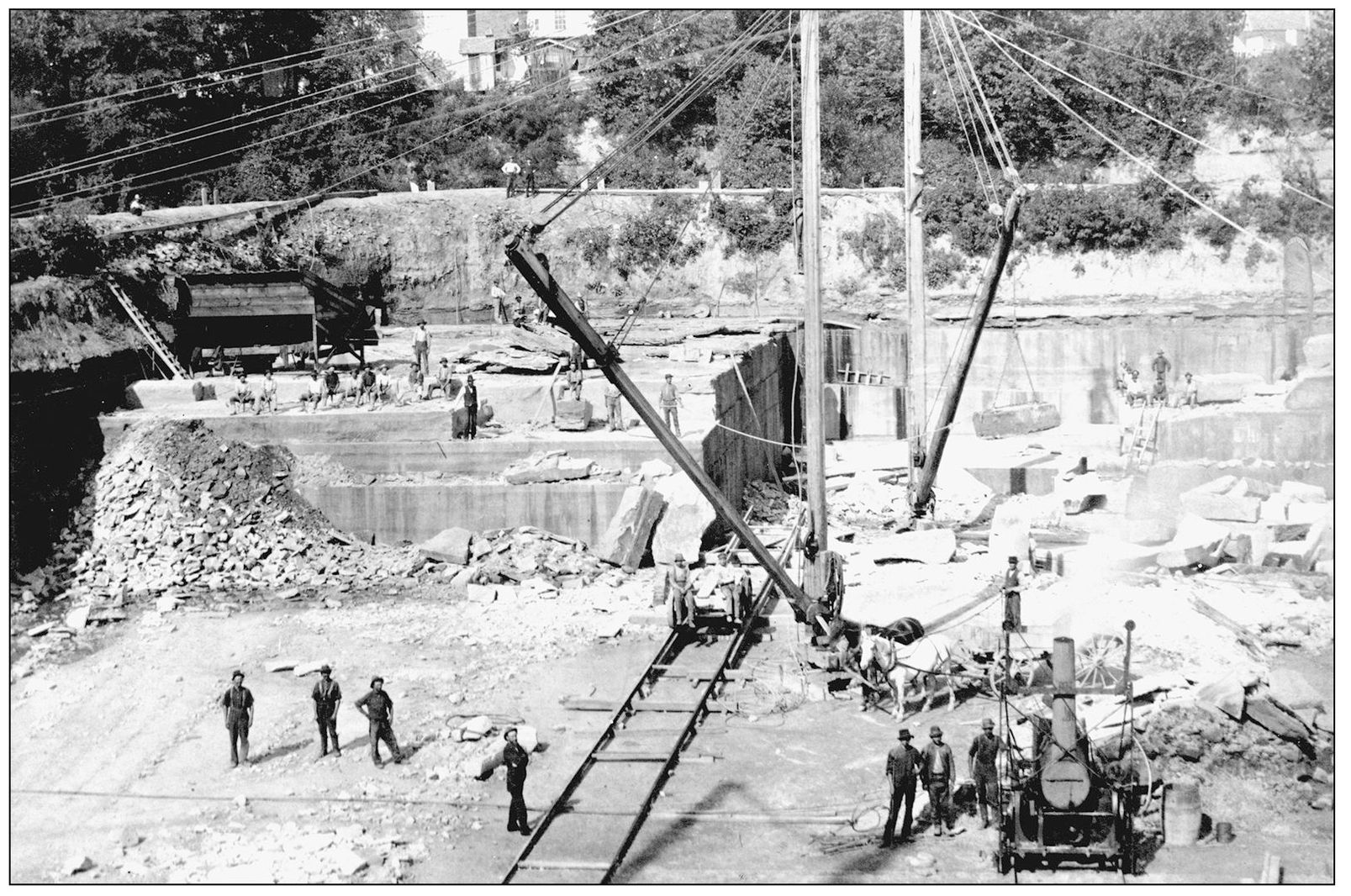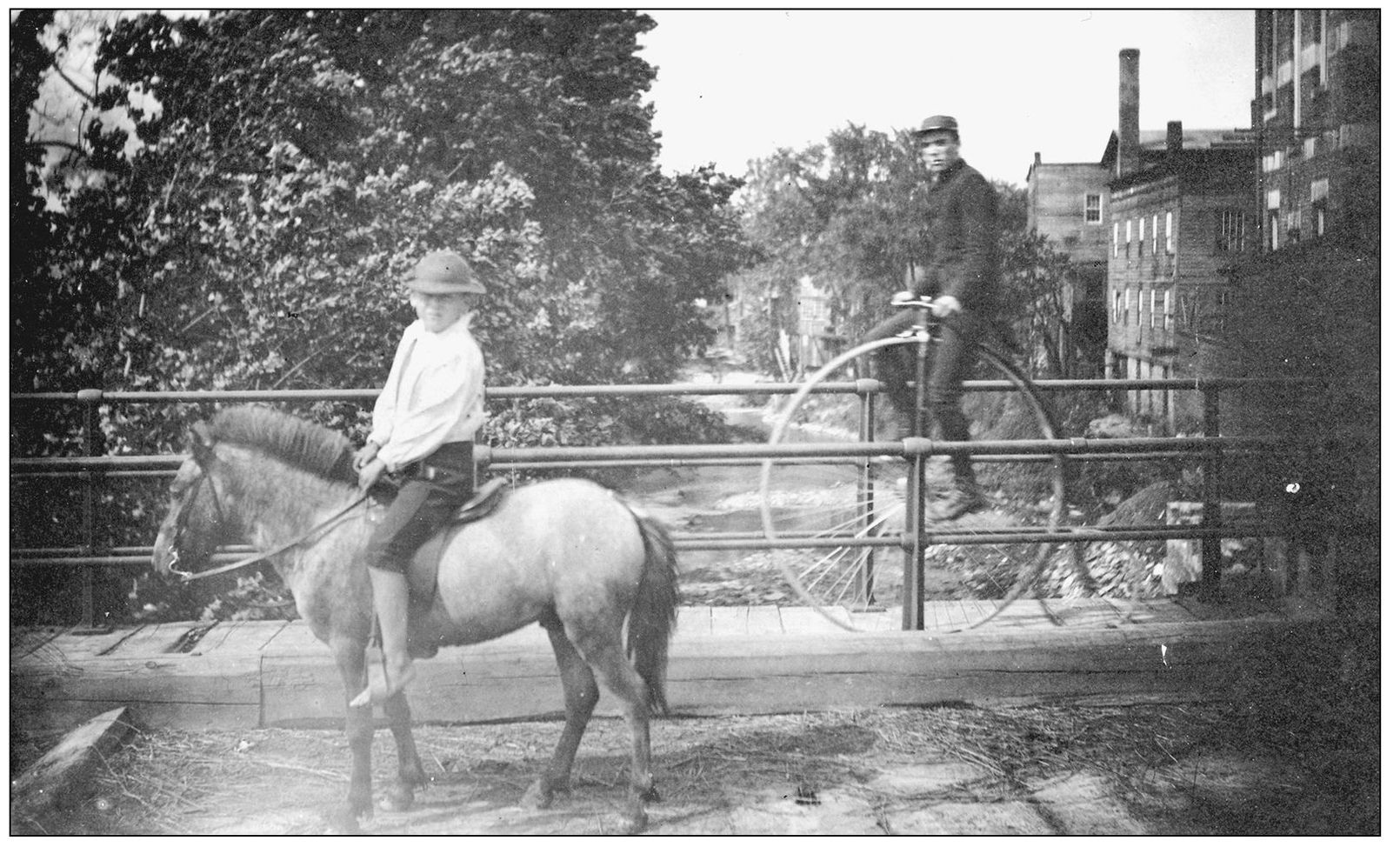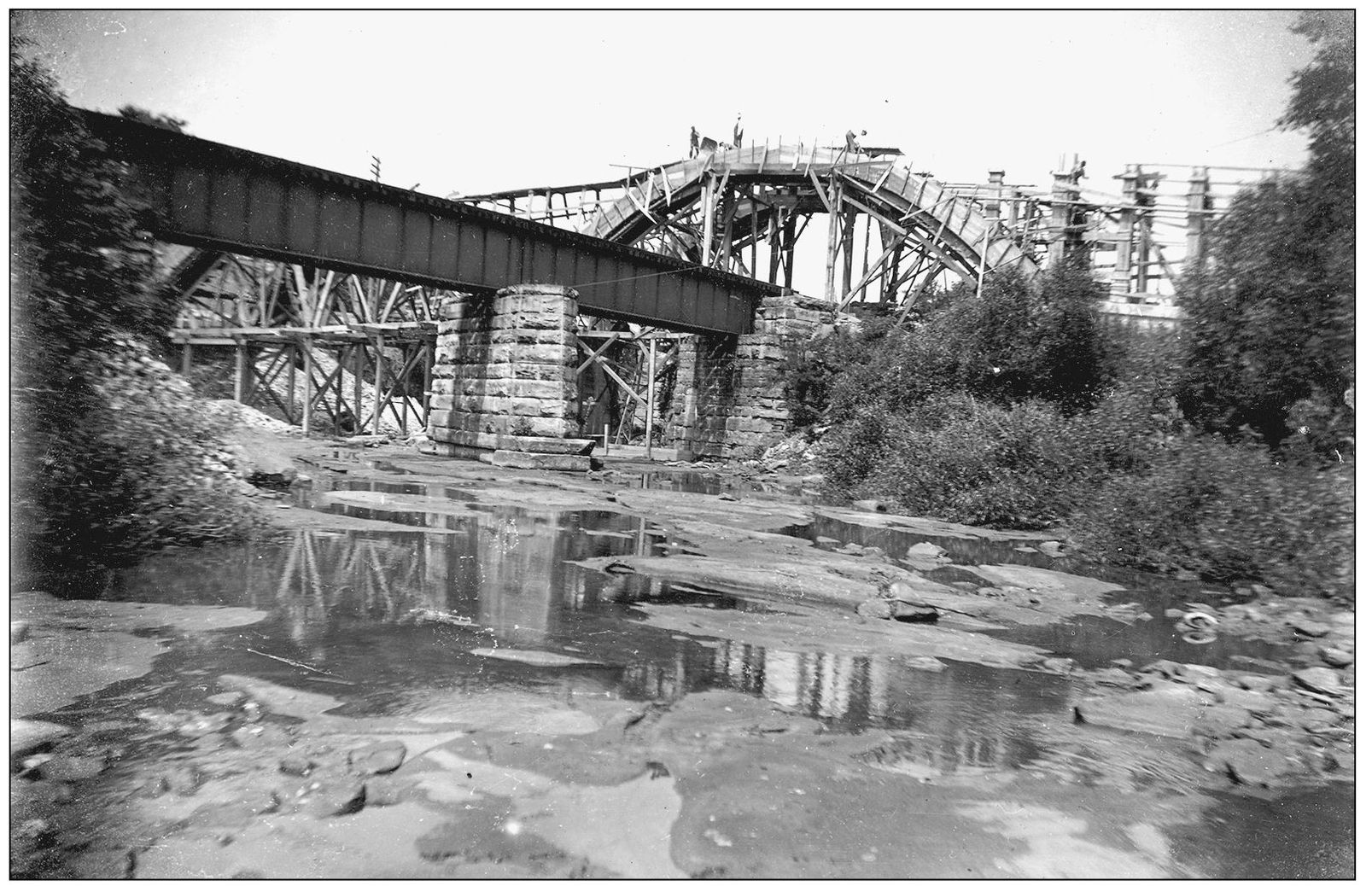One
BEFORE THE PARK DISTRICT EXISTED
At the beginning of the 20th century, Cleveland was one of Americas largest cities. Its population was approaching 400,000 and it had a large industrial base. Still it was not necessary to travel very far beyond the city limits to find vast acreage of woods and farmland and a rural agrarian lifestyle little changed since the mid-19th century.
This makes the foresight of William A. Stinchcomb all the more remarkable. Writing in 1905, he stated the following:
Through the valleys of Rocky River on the west, and the Chagrin River on the east, lie some of the finest stretches of natural park lands to be found in the northern part of Ohio. While all of this is now entirely outside the city, it will be but a short time before they will be inside or very near the limits of Greater Cleveland and it seems to me that they should be secured for the benefit of the entire public before private enterprise or commercial industry places them beyond reach.
While Stinchcombs idea certainly had merit, it was several years before action was taken to create the park system he envisioned. The first step was taken in 1911, when the Ohio State Senate passed a bill that authorized the creation of park boards and empowered them to receive gifts of land to form parks. Cuyahoga Countys newly appointed board of park commissioners met for the first time in March 1912.
In the early 20th century, only two railroad viaducts crossed Rocky River near Bagley Road in Berea. The third was yet to be built. Here a water-powered mill slowly collapses in the left foreground. Seen within the left-hand arch of the nearest bridge, a small business is powered by steam. (Berea Historical Society.)
A swinging bridge provided a perilous path across Baldwin Creek for laborers crossing to the stone quarries in the late 19th century. (Berea Historical Society.)
The Berea quarries were known for their grindstones. The McDermott Company was a large supplier, as demonstrated by the hundreds of finished grindstones stacked in the yard awaiting shipment. The former site of this factory is now occupied by an apartment building. (Berea Historical Society.)
For nearly a century, this area has been marked by three railroad viaducts. The absence of the final one, constructed in 1909, establishes an earlier date for this photograph. Judging by the wooden boxcars with truss rods, it is probably much earlier. Note the brakemen standing on the roof walks, a practice deemed unsafe and stopped many, many years ago. (Berea Historical Society.)
As the inscription on its lower right corner indicates, this stone carving was executed by a local farmer named Henry Church in the year 1885. This is one of the oldest known photographs of Squaw Rock, taken in 1902 by the authors great-grandfather George M. Scott. (Authors collection.)
The Cleveland, Columbus, and Southwestern Railway interurban line once crossed Rocky River on this bridge, shown here under construction. Interurbans were electric railroads that moved people and goods at a lower cost and, some would argue, in greater comfort than the steam-powered competition. They had largely become a thing of the past by the 1930s, and the steel structure of this bridge was probably recycled in a World War II scrap drive. (Berea Historical Society.)
The Berea stone quarries ceased operations so long ago that it is easy to forget how extensive they once were. An age of very relaxed ideas about corporate liability is evidenced by the absence of fences around the property and the presence of spectators, who approached the work site as close as they dared. The houses in the background stood on East Bridge Street. (Berea Historical Society.)
With Rocky River in the background, a man on a high-wheeled bicycle overtakes a barefoot boy on his pony. This view, photographed in Berea around 1895, provides a vivid glimpse of life in the area before Cleveland Metroparks existed. It is obvious why the newly introduced bicycles with wheels of equal size quickly became known as safety bicycles. (Berea Historical Society.)
The bridge under construction in the distance was built to carry Bagley Road across Rocky River. The deck plate girder bridge in the foreground served the short line railroad operated by the Cleveland Stone Company to support its quarry operations. (Berea Historical Society.)




